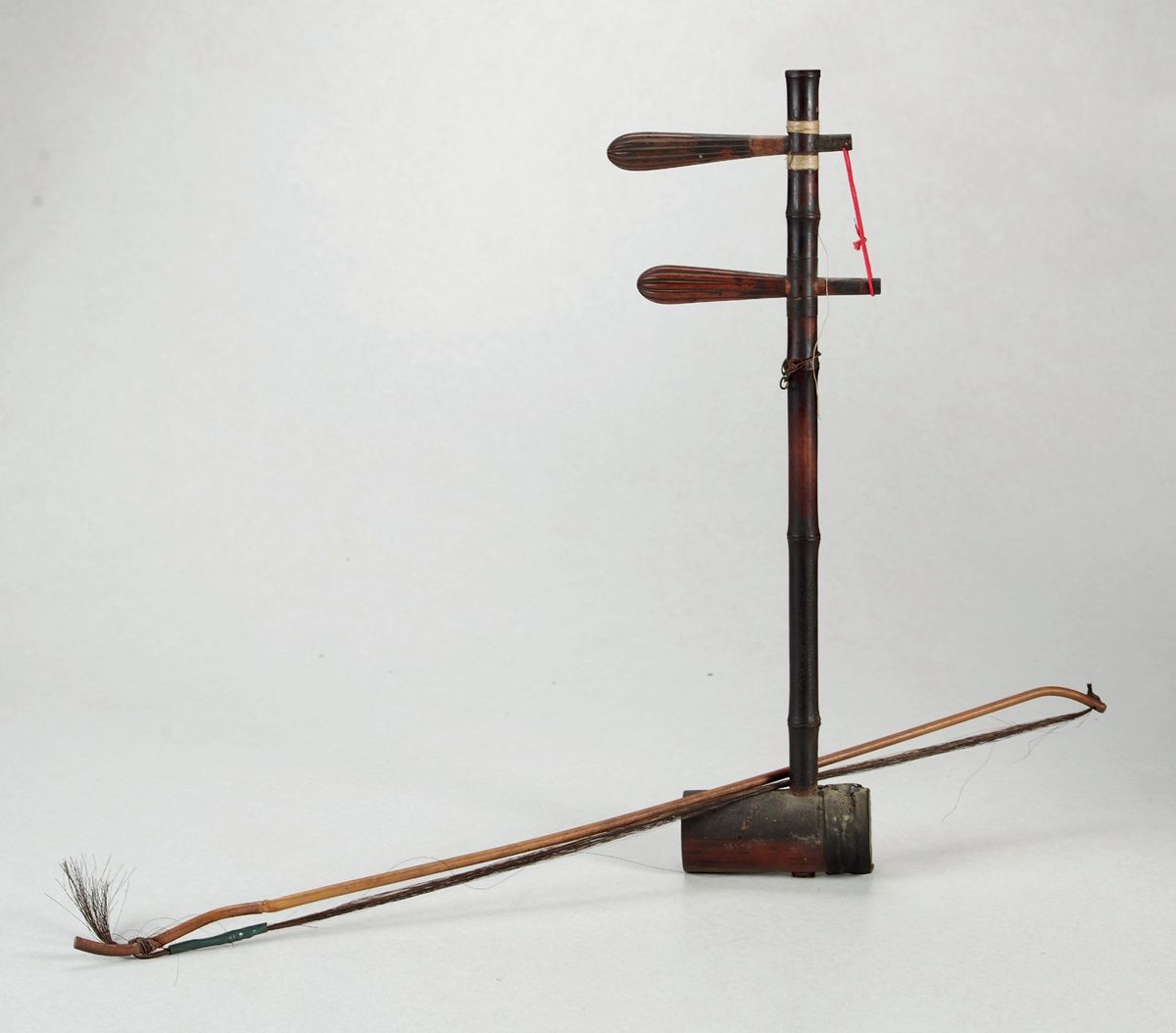How to play Tibetan Jinghu and the use of scenes
When playing, use a seated position, hold the qin with the tiger's mouth in the left hand under the hook, place the qin barrel on the left leg, the qin bar is slightly inclined to the left, and play with the right hand holding the ponytail bow between the two strings.

The performance is performed in a seated manner. Due to the small size of the Tibetan Jinghu, the performers are often used to placing the qintong in front of the left knee to play. The left hand only uses the first position, often presses the strings with the belly in the middle of the fingers, and often uses the vibrato technique. Longbow or slurred bow is more common in right hand bowing, just like the rhythm of "iron piano" bowing should be slow and loose.
Because the qintong of Tibetan Jinghu is small and the stem is short, its pronunciation is strong, loud and sharp. In the accompaniment of Duixelangma songs and dances and Karru songs, it plays the role of the high voice together with the flute, and has a special charm. According to old Tibetan artists, if the Tibetan Jinghu musical instrument is not included in the Duixelangma songs and dances and Karlu songs, then its style will be greatly affected. It can be seen that Tibetan Jinghu has become one of the indispensable accompaniment instruments in Tibetan folk bands.
 渝公网安备 50010702504639号
渝公网安备 50010702504639号